Home>Articles>Building a Shed from Scratch: A Beginner’s Guide
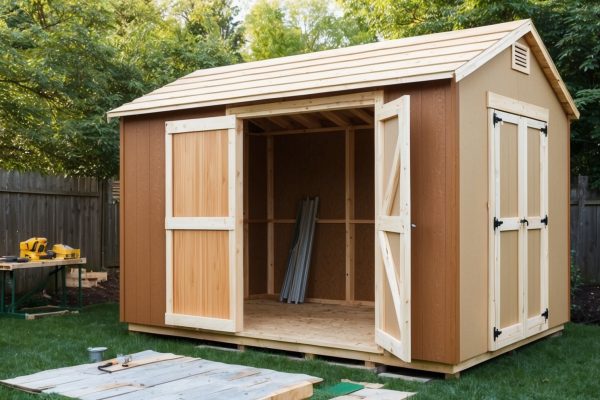
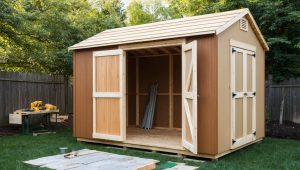
Articles
Building a Shed from Scratch: A Beginner’s Guide
Modified: October 31, 2024
Learn how to build a shed from scratch with this beginner's guide, covering essential steps, tools, and tips for a successful DIY project.
(Many of the links in this article redirect to a specific reviewed product. Your purchase of these products through affiliate links helps to generate commission for Storables.com, at no extra cost. Learn more)
A cluttered home is a major cause of stress. In fact, statistics show that 1 out of 2 Australians has disagreements with other household members about clutter.
If you want to eliminate clutter and improve your relationships, your absolute solution is to build a shed immediately. However, if you don’t want to hire professionals and do it all by yourself, this guide will help you out!
1. Plan with local regulations in mind
Before you start working on your shed, contact the local government and ask about shed building regulations. Check whether you need building permits and complete all necessary paperwork.
Following these regulations, plan and design the shed with these tips:
Read more: How To Build A Shed From Scratch
a. Location Selection
Choose a flat ground to build the shed, with at most 6 inches of height variation. Avoid building on
- Slopes: They need a special foundation to stabilize the structure.
- The foot of a hill or higher region: Water will collect around it.
- Areas near dense trees: Tree leaves, twigs, branches, and other debris may damage the shed roof.
b. Design Selection
Choose the size, style, and type of the overall shed, roof, door, and windows. Plan the door position appropriately so that it’s easily accessible. You can also add ramps to take heavy equipment like wheelbarrows and mowers in and out of the shed.
2. Get all necessary tools and supplies
To build your shed, you must acquire some basic tools, such as follows
- Spade
- Tamper
- Hammer
- Screwdriver
- Corded and cordless drills
- Circular saw
- Measuring tape
- Framing square
- Sawhorses
- Rubber mallet
- Pick mattock and shovel
- Large level
- Painting supplies
Next, you must gather your supplies. While you can get all supplies individually, the overall price for individual objects and materials is much higher. You also land with a lot of waste.
So, it’s better to opt for shed kits. Companies like Wide Span Sheds offer quality shed kits to make building your own shed a simpler process.
These kits contain all supplies, such as pre-cut and pre-measured lumber, hardware such as nails, hinges, and screws, siding materials, and roofing materials. They eliminate the need for measuring and cutting and make assembly much more convenient.
They also save you time and come in varied customizable options depending on the style, size, and configuration of your shed.
3. Prepare the base
Remove all dirt using a spade, spread a gravel layer, and level the ground with a tamper. With a mallet, lay deck piers that will work as a base for the flooring. To ensure greater stability against winds, secure the piers with concrete.
Cure the concrete and place a frame atop the piers using pressure-treated lumber. Secure the corners with nails.
Add joists inside this frame at a distance of 16-24 inches. This offers extra support. Lastly, cover this frame with wood or other chosen material of flooring and screw it to secure it.
Read more: A Beginner’s Guide To Raising Goats
4. Assemble and build all walls
Every wall will have a top plate, vertical studs around 16 inches apart, and a bottom plate. Start assembling each wall on the ground—not on the shed—and nail the studs to it.
As per your designs, cut out openings for windows, vents, and doors. Place extra studs and headers around doors and windows to strengthen them.
After assembling all the walls, carefully place each wall frame on the shed’s floor platform. Make sure you begin with the backmost wall, then the adjacent sides, and then the front.
With a level, check whether all walls are placed vertically. Secure them to the floor frame with nails/screws. Use angled boards as support until all walls are secured together.
5. Build the roof
There are different types of roofs, such as flat, sloped, or gable. Gables are the easiest for beginners. Your roof will either require rafters or trusses. Follow as required:
a. Rafters
If your kit doesn’t have pre-cut rafters, cut them from the lumber in a size that overhangs the wall. This will offer additional weather protection to your shed. Similar to floor joist spacing, space all rafters at a 16-24 inch space.
b. Trusses
Assemble the trusses (roof support) on the ground. Each truss has two rafters (connected at the top) and a horizontal tie beam. Next, lift all trusses upon the plates of the walls and place them with 16-24 inches spacing. Hold trusses in their position with temporary bracing.
6. Install the roof
Cover the trusses/rafters with a plywood or OSB roof frame and nail them to secure. If there’s an overhang, ensure the plywood/OSB covers that as well.
You can also add tar paper atop your roof for added protection. Add the tar paper on the lower end first and then go upwards overlapping the initial one. This ensures that when rainwater flows down, it won’t seep into the cracks and edges.
Alternatively, you can use corrugated metal for a thicker and protective layer. Lastly, you can add asphalt shingles over the layer to create an aesthetically pleasing look!
7. Add finishing touches
To complete your shed, here are all the finishing touches:
a. Install doors, windows, and vents
You previously cut out openings for doors, windows, and vents. Secure them onto the walls using screws and hinges. Ensure a snug fit with shims. Install handles and locks on them.
b. Add trims and siding
Layer the external walls with vinyl, wood, plywood, oriented strand board (OSB), or metal siding and attach with nails.
Work your way up, starting from the bottom, to avoid water seeping into cracks. Ensure its edges are completely aligned with the frame. Ensure a finished look by adding trims around all corners, windows, and doors.
Read more: A Beginner’s Guide To Minimalist Living
c. Paint the shed
If you’ve used wood siding, protect your shed from natural elements by applying a coating of paint or stain that complements the landscape.
d. Finish interior
Based on the purpose of your shed and your preferences, you can include some useful additions, such as shelves, workbenches, and tool storage. You can also paint the floor for a more polished look.
Conclusion
As a beginner, building a shed from scratch can be a rewarding DIY project. It’ll not only offer extra storage but also boost your property’s appearance.
However, this isn’t the end of your project. You must also regularly clean and inspect the shed to protect it from any damage.
Was this page helpful?
At Storables.com, we guarantee accurate and reliable information. Our content, validated by Expert Board Contributors, is crafted following stringent Editorial Policies. We're committed to providing you with well-researched, expert-backed insights for all your informational needs.

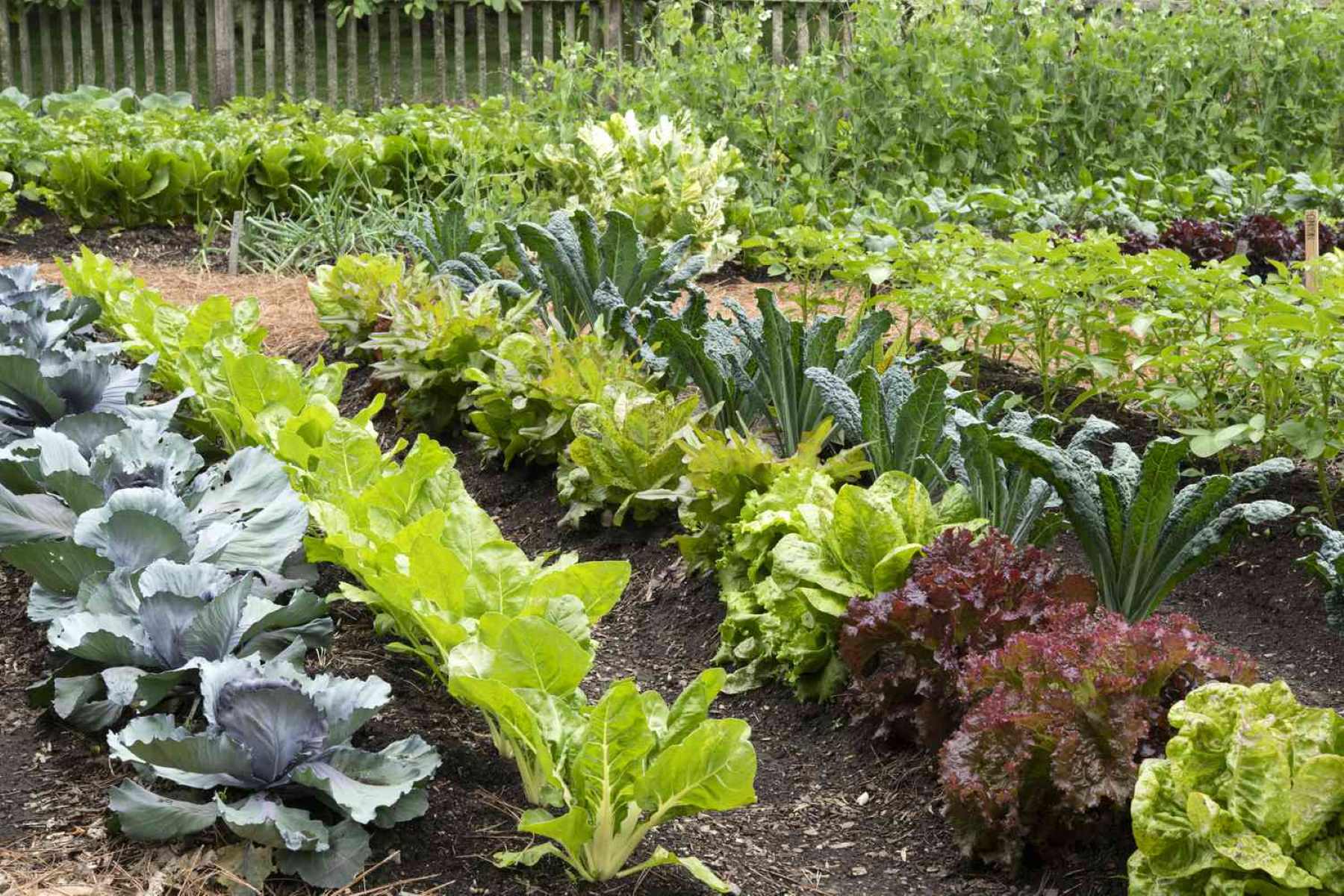



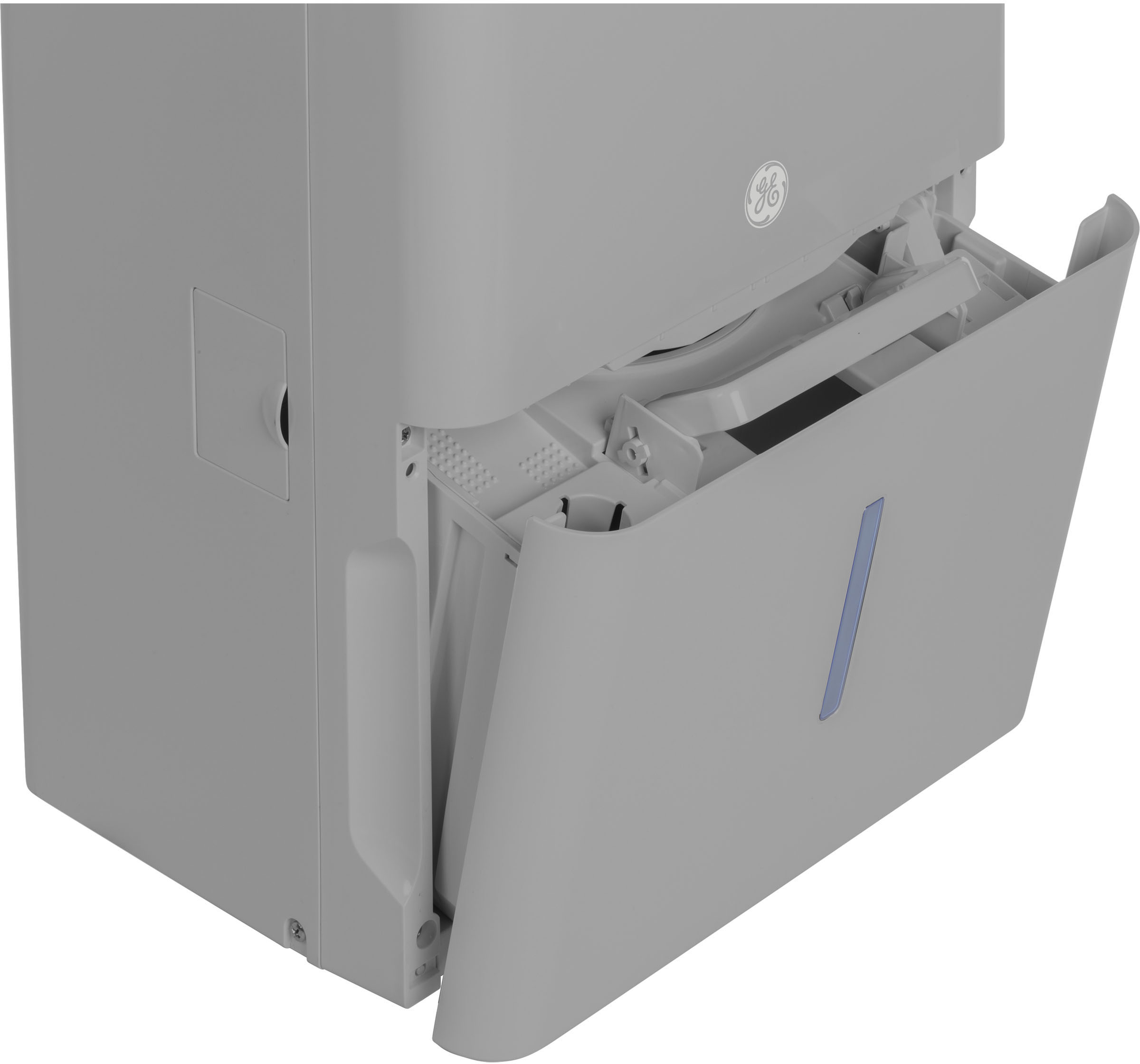


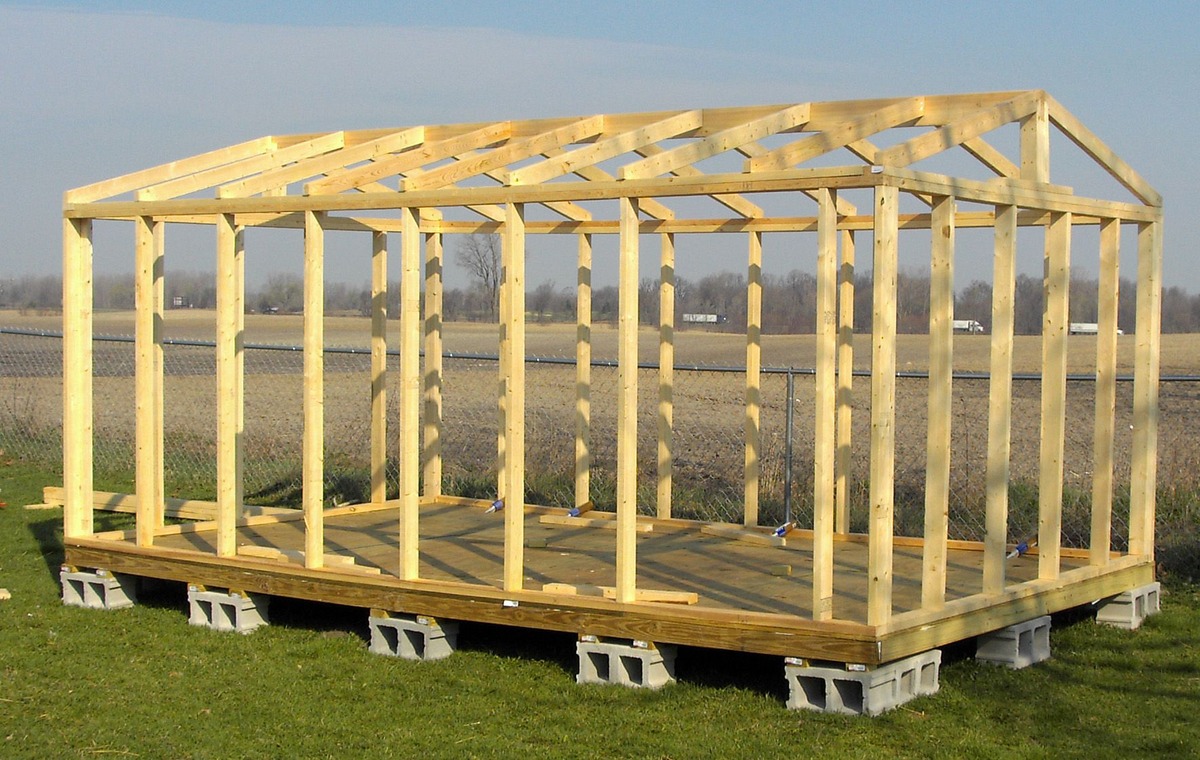




0 thoughts on “Building a Shed from Scratch: A Beginner’s Guide”